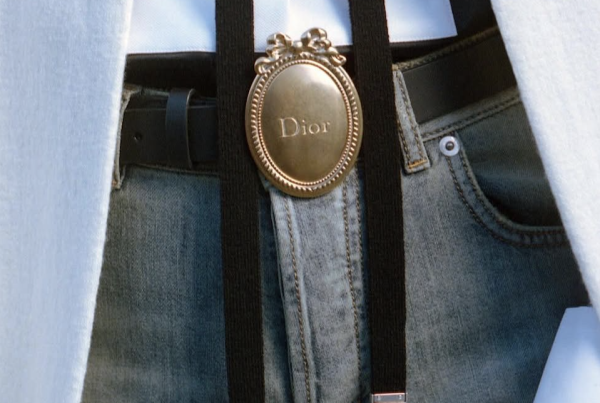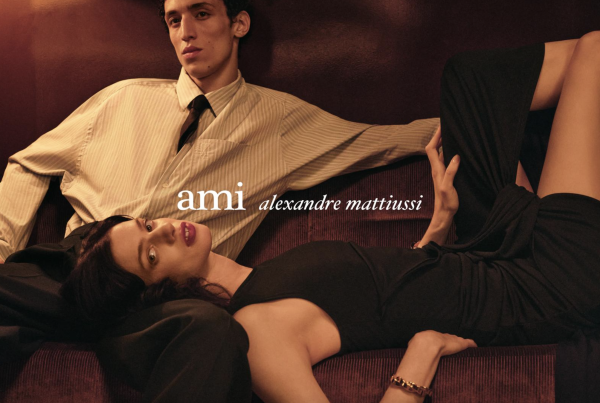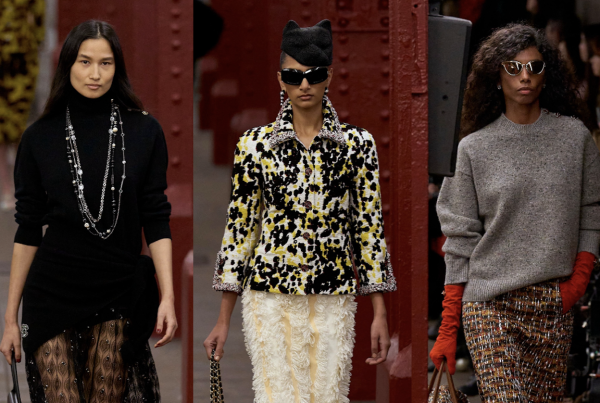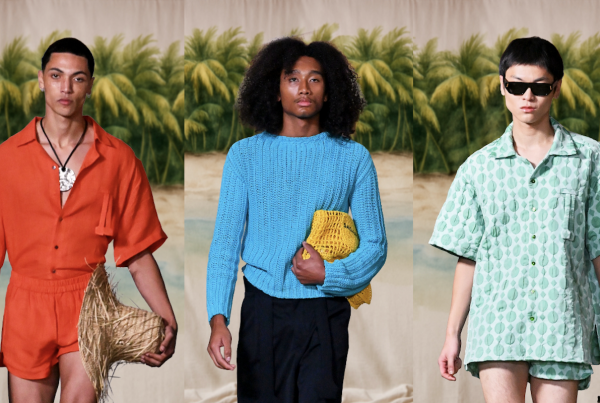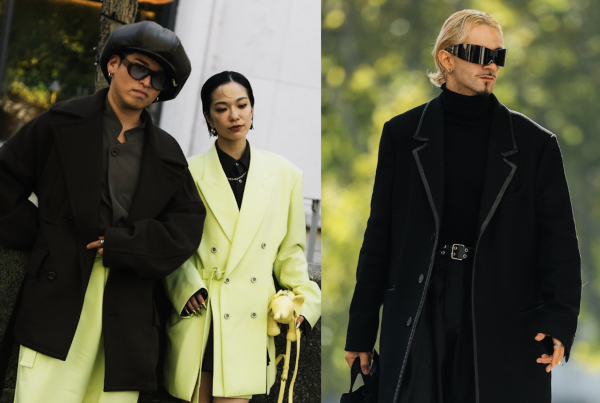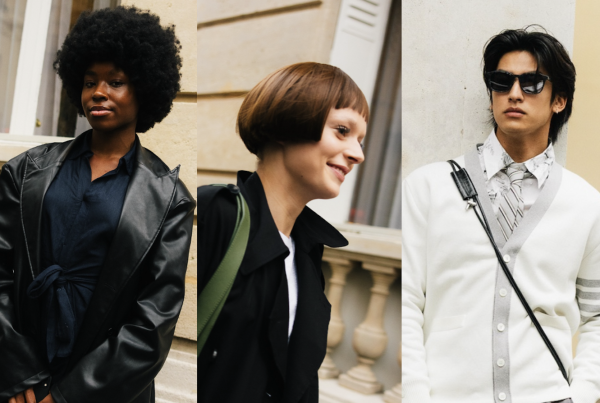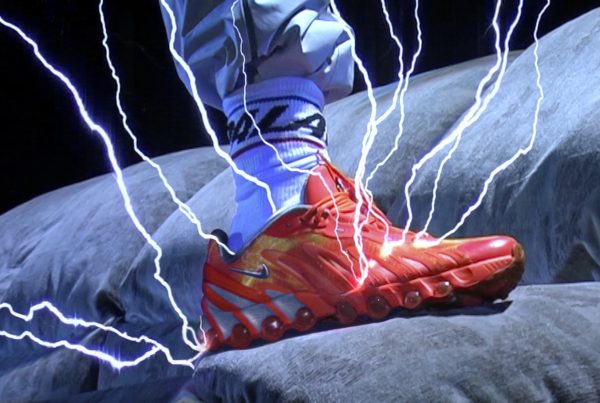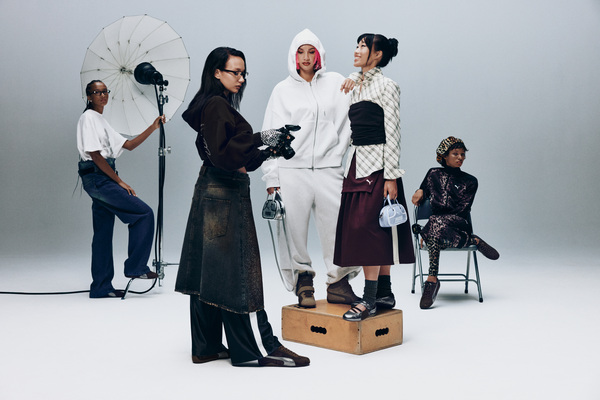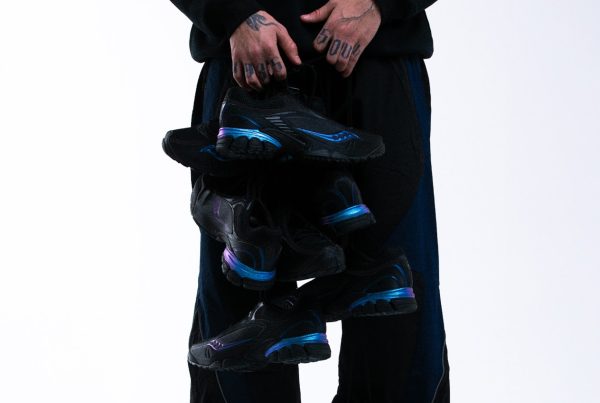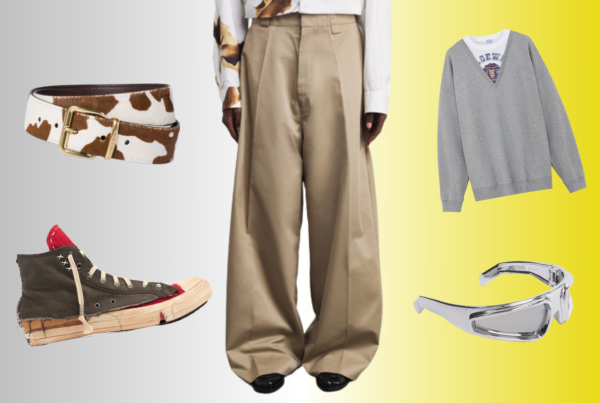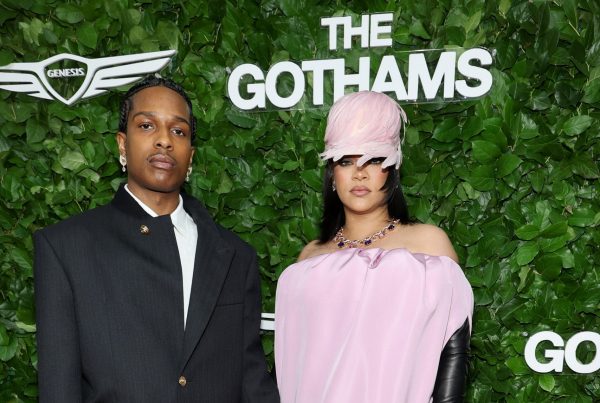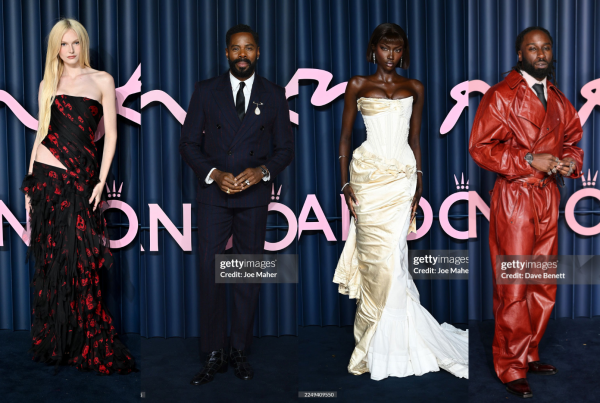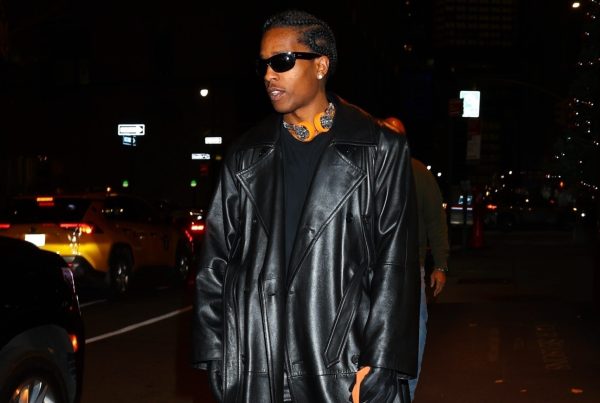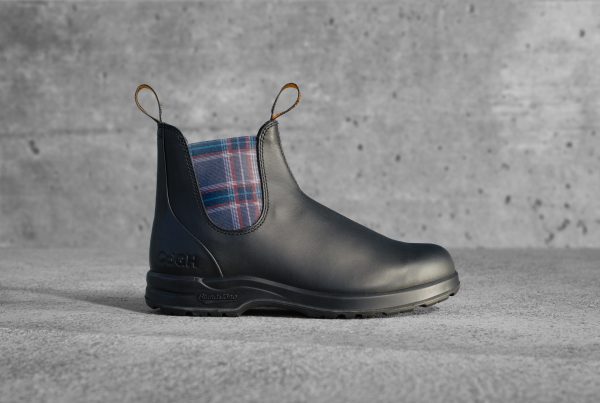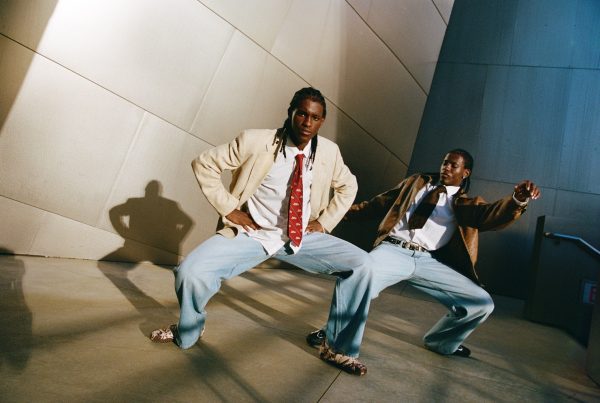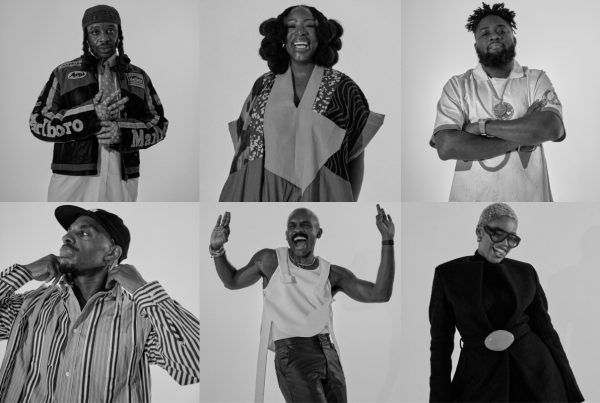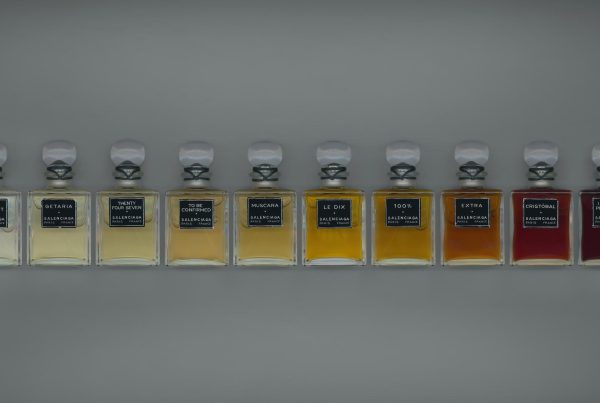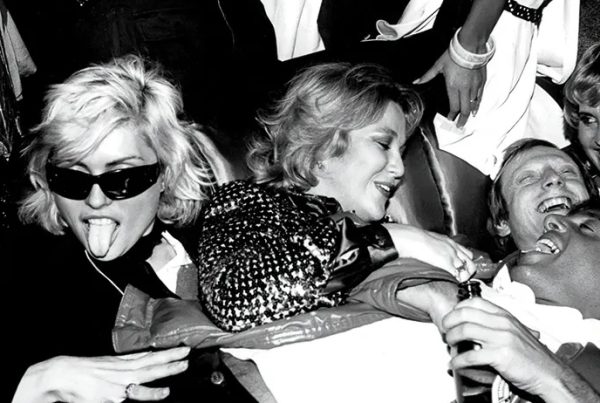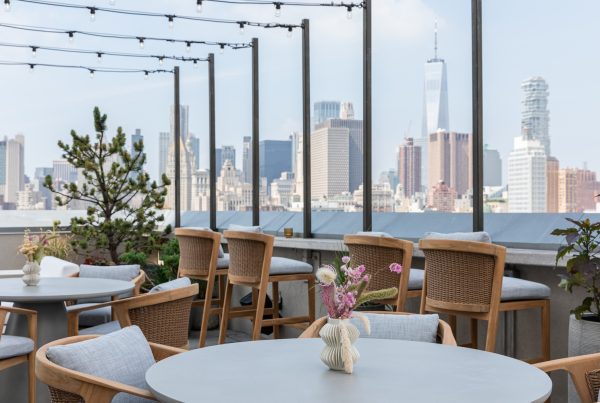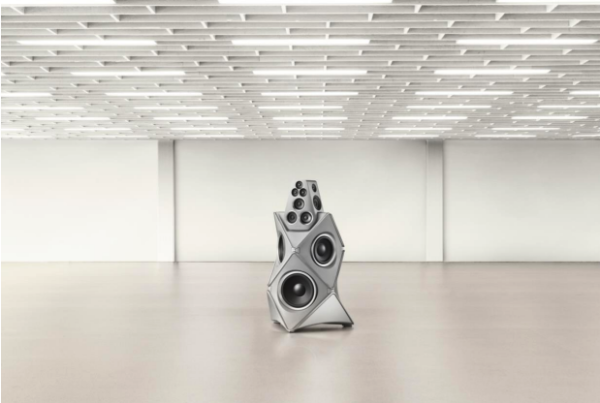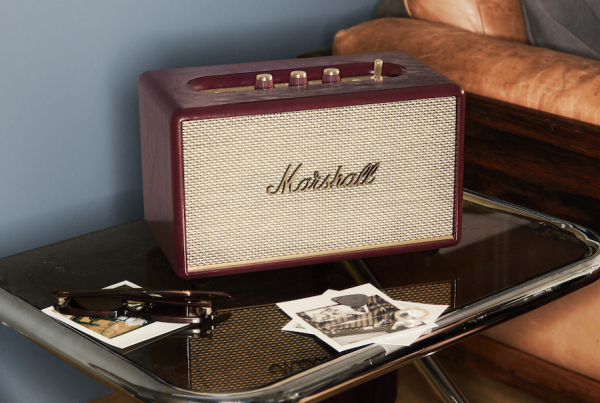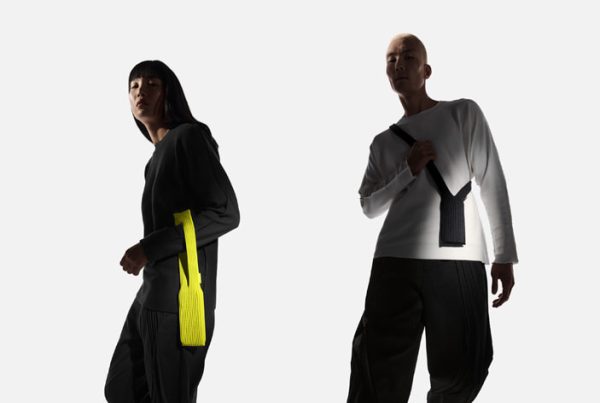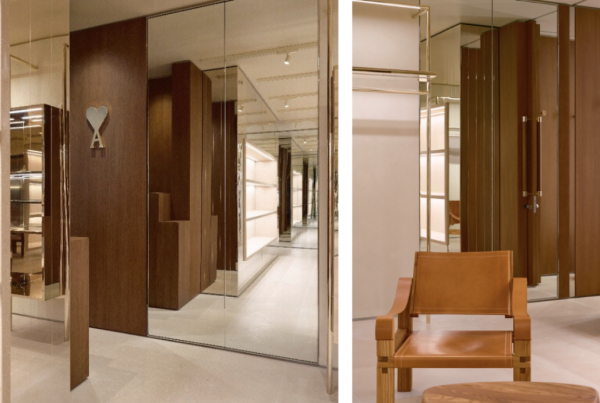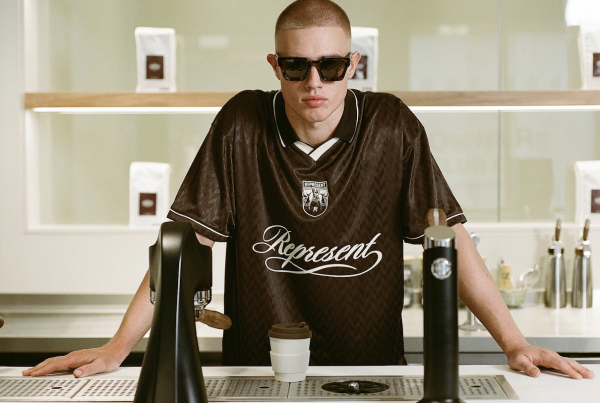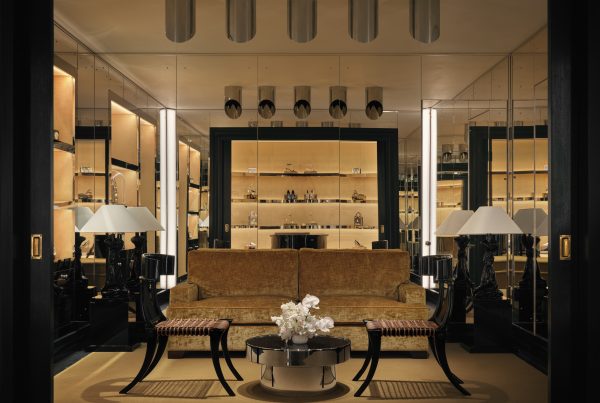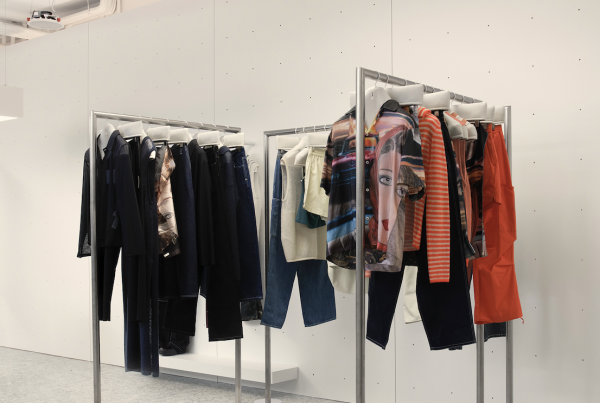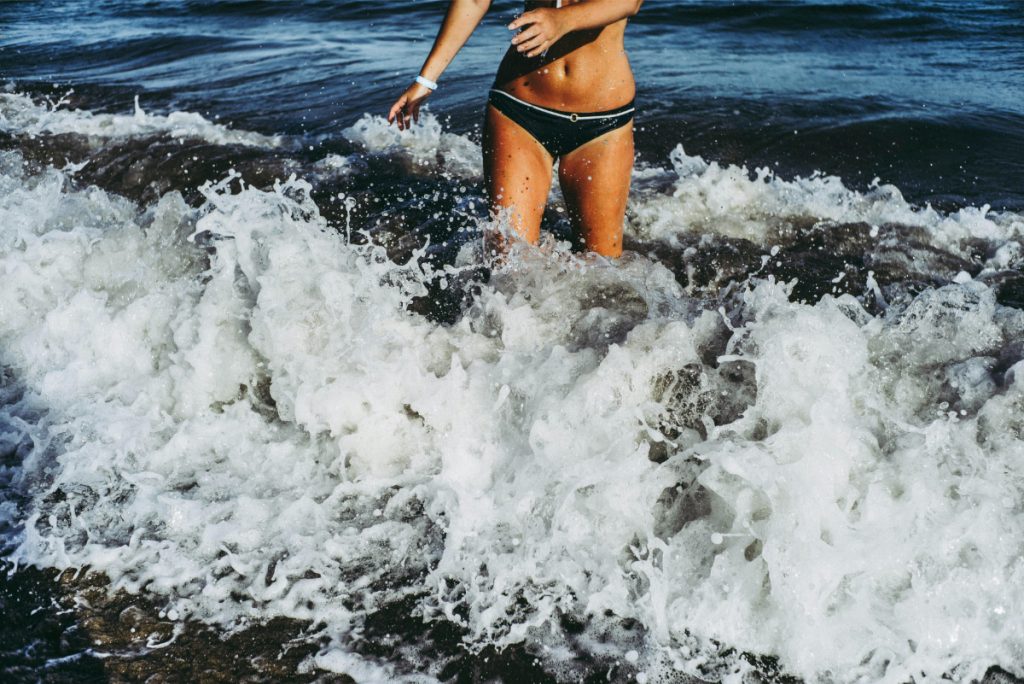 In fashion, few garments say as much with as little fabric as the bikini. What began as a symbol of rebellion has turned into a canvas for craftsmanship and quiet innovation. Over the past thirty years, the red bikini hasn’t transformed overnight; it has slowly evolved over time. Each decade has refined the cut, the texture, and the attitude behind it, reshaping how women move, pose, and feel in their own skin.
In fashion, few garments say as much with as little fabric as the bikini. What began as a symbol of rebellion has turned into a canvas for craftsmanship and quiet innovation. Over the past thirty years, the red bikini hasn’t transformed overnight; it has slowly evolved over time. Each decade has refined the cut, the texture, and the attitude behind it, reshaping how women move, pose, and feel in their own skin.
The 1990s
The bikini of the 1990s was simple, confident, and unfussy. Thin straps, triangle tops, low-rise bottoms: the look mirrored the minimalist aesthetic ruling runways from Calvin Klein to Helmut Lang. Function mattered more than flash. Fabrics hugged the body in clean, uninterrupted lines.
This was also the decade of performance textiles. Lycra and spandex blends replaced heavier materials, giving suits a smoother stretch and a sleek finish. Swimwear started to feel like activewear, blurring the line between fashion and function. The high-leg cut, skimming up toward the hipbone, became the decade’s quiet rebellion, elongating the leg and celebrating a natural, athletic silhouette.
The 2000s
By the early 2000s, subtlety gave way to sparkle. The cultural mood was louder, shinier, more celebrity-driven, and bikinis followed suit. Suddenly, metallic fabrics caught the sun. Halter tops and ruched seams added movement. Hip rings, chain details, and rhinestone clasps showed up on beaches from Miami to Mykonos.
But alongside the glitz came new variations. The tankini had its moment (this was a cropped tank paired with bikini bottoms) offering a middle ground between modesty and playfulness. It wasn’t revolutionary, but it hinted at a growing desire for comfort and customization. Designers were starting to realize that swimwear didn’t have to fit one type of body or one kind of confidence.
The 2010s
In the 2010s, the bold prints of the past faded into matte finishes, ribbed fabrics, and soft crinkle textures that looked lived-in, not lacquered. The change was small but powerful. Women wanted swimwear that felt like them, not a performance of them.
Mix-and-match bikinis became standard. You could pair a bralette top with a cheeky bottom, or combine two tones of the same color family. The freedom to choose transformed the shopping experience. Fit came first, and so did individuality.
Brands born on social media reshaped the conversation. A well-lit beach photo could make a swimsuit go viral overnight. But more importantly, it gave women control over how they presented themselves. Swimwear brands like Triangl, Marysia, and Hunza G captured that moment by designing pieces that looked as good online as they felt in real life; they were sporty and natural.
The 2020s
Today’s bikini is a product of decades of refinement. Designers focus less on reinventing the wheel and more on perfecting the curve. Cuts are higher, edges cleaner, seams flatter. Some bikinis are bonded instead of stitched, creating a seamless line that moves with the body. Others use hidden support systems like thin linings or underbands that sculpt without showing structure.
Fabrics have grown technical and sustainable. Recycled nylon and regenerated fibers from ocean plastics are now common in high-end swimwear. These materials dry faster, last longer, and hold their color, allowing bikinis to be smaller, lighter, and more precise without losing durability. The evolution isn’t loud — it’s engineered.
Even the colors have matured. Neutrals dominate: soft beige, olive, rust, and chalky white. When prints appear, they’re delicate — micro florals, subtle geometrics, or a single stripe curving around the waist. The modern bikini doesn’t scream for attention. It whispers.
The Modern Bikini
Designers have learned that confidence isn’t created by removing fabric, but by perfecting fit. The triangle top remains iconic, but it now comes with adjustable bands, better lining, and smarter stretch. The classic low-rise bottom still exists, but high-waisted silhouettes and sculpted V-cuts share equal billing.
The real magic is in proportion. Small shifts, such as maybe a millimeter higher on the hip or a fraction wider on the strap, can transform how a suit feels. The modern bikini is designed not just to flatter, but to function, whether you’re diving into saltwater or walking into brunch with a linen shirt thrown over your shoulders.
In the end, that’s what the last thirty years (and more) of design have been about: evolution, not revolution. The bikini hasn’t changed much in shape, but it’s changed entirely in intention. It’s lighter, freer, more adaptable… like the women who wear it.


